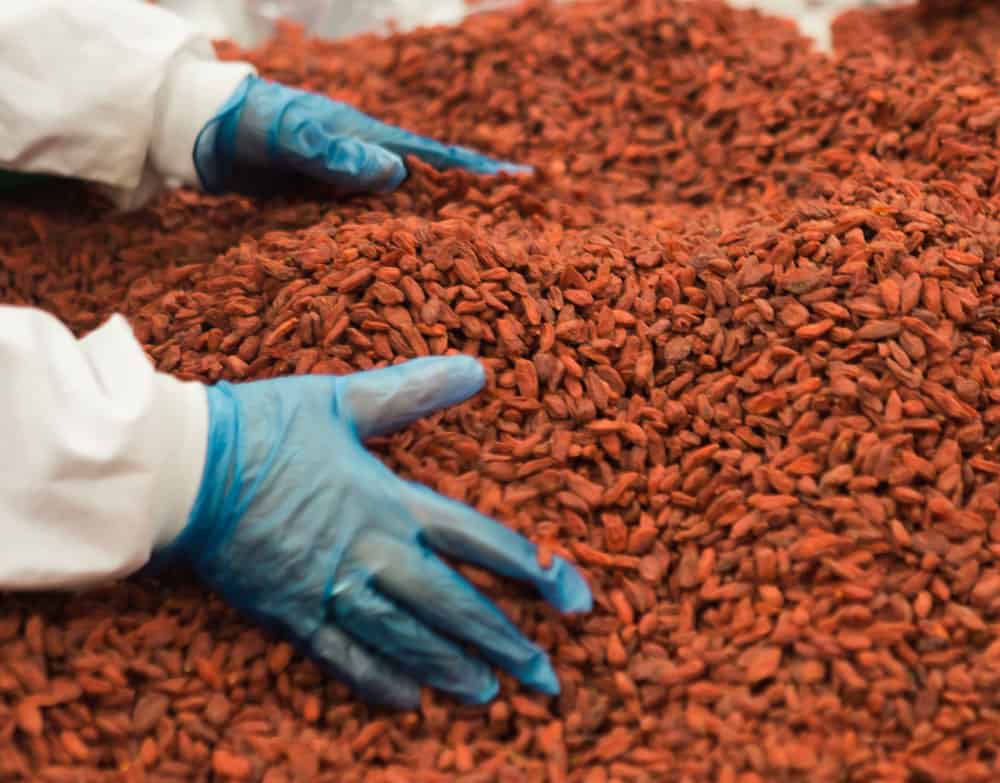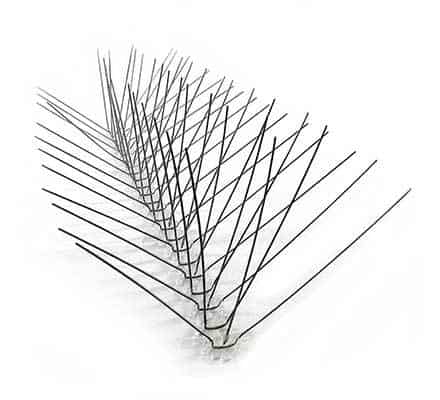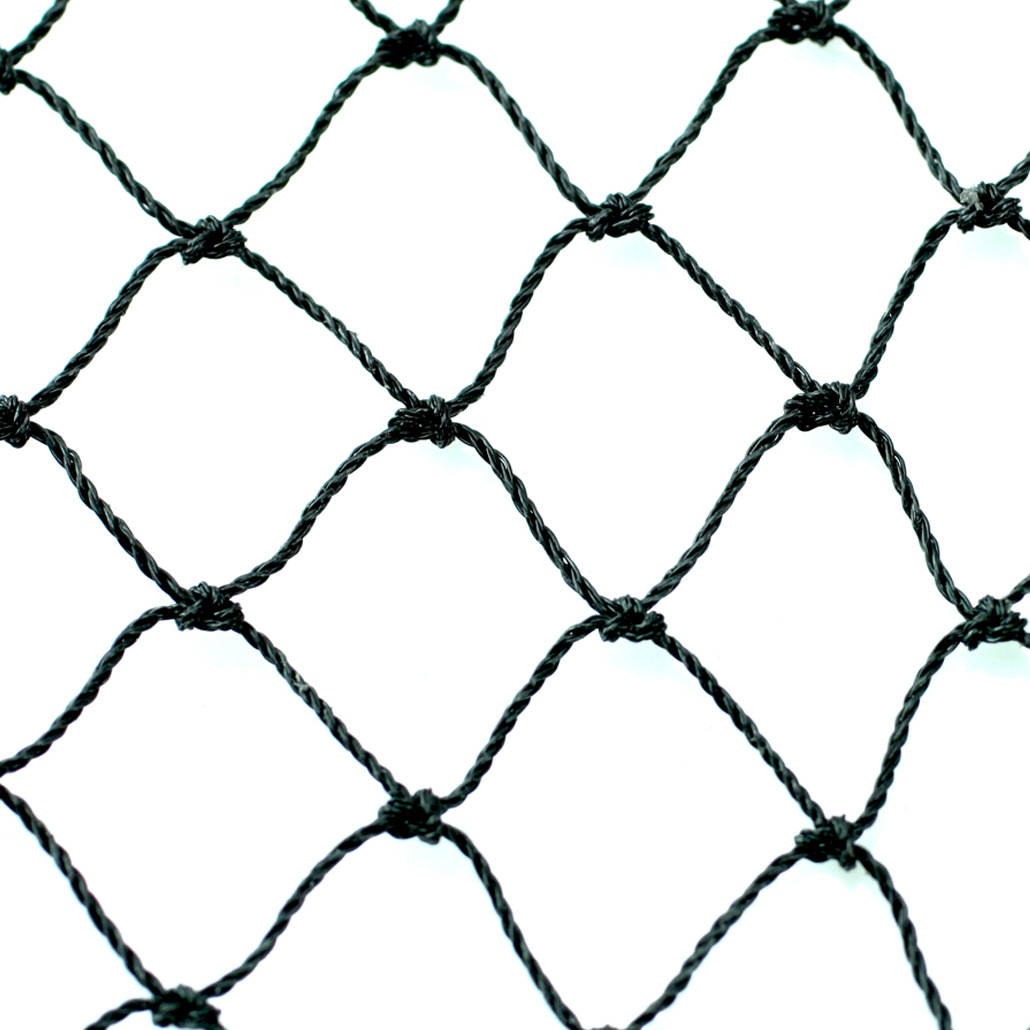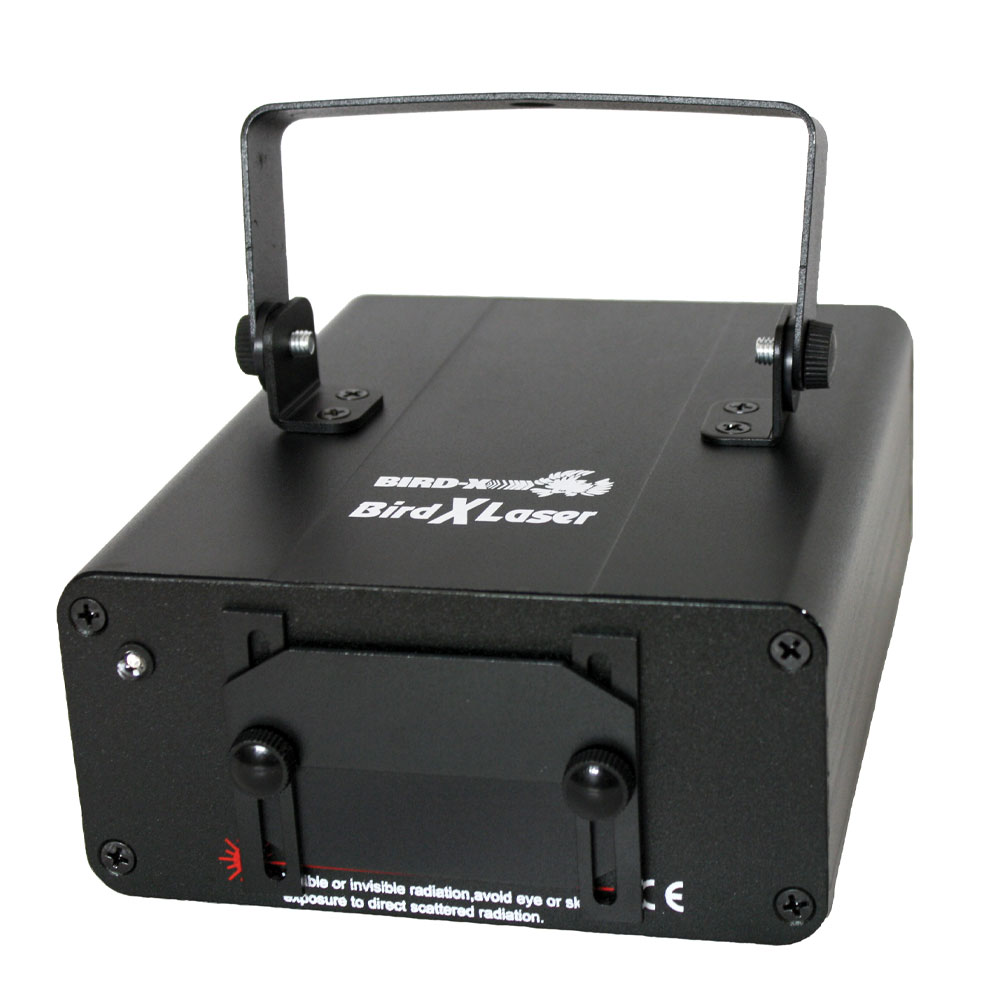Keep Your Food Processing Plant Bird and Health Code Violation Free
Maintaining a building’s facilities is a challenge for most facility managers. Maintaining food processing facilities that must pass regular health inspections is even more challenging. Birds roosting or nesting at or near the facility can make it a losing battle.
Birds are naturally attracted to food and moisture, so they routinely try to infiltrate food facilities of all types. Birds like to perch outdoors, awaiting their opportunity for entry.
The most common “offenders” are pigeons, sparrows and starlings. They either try to roost on the outside of facilities – where droppings can form and degrade food service areas such as loading docks – or they fly in and out to find places to roost, nest or forage for food.
Particularly vulnerable are places where garbage is removed or placed in a dumpster. One can almost time the bird activity based on garbage disposal and removal.
Birds near food are recognized as a major health issue. Any evidence of adulteration or filth is not tolerated by government regulators and that includes bird droppings, feathers or nesting materials in food processing plants, warehouses or any other food establishment.
It’s not just low tolerance, it’s NO tolerance. All objectionable bird activities must be prohibited in the area to prevent contamination.
Undoubtedly, bird control is a critical issue in the food industry, but solutions can be simpler than some people realize. Part of a facility manager’s job is to educate their companies on the issues and find solutions to eradicate the problem.
Cleanliness outside the facility is a key factor. The less there is to eat, the less attractive the facility becomes to them. Food facility managers need to take active measures to prevent food spills and access to garbage and disposal areas. AND there are other effective measures to deter birds.
Preventing A Serious Crime
One of the primary methods of controlling bird pests in an outside area is to erect a physical barrier. By nature, birds are inclined to hop on platforms. Find ledges, overhangs and niches to settle on, and squeeze through structural cavities in search of a fly-in space. A physical barrier disrupts this normal pattern of bird behavior. If the bird is made uncomfortable enough, you can change its pattern.
What works for many battle-weary food facility managers are spike needle strips. These branched, plastic protrusions are typically installed on ledges, roofs, architectural outcroppings and other favorite bird landing sites. The densely branched and spaced spikes prevent birds from roosting and also from squeezing between the spiky extensions.
A physical barrier won’t necessarily prevent birds from getting in, but it changes their pattern of behavior. The birds may alight on a fence or other object instead. If the birds are moved over 100 feet away, that’s enough to inhibit them and prevent droppings in vulnerable areas.
Assessing Vulnerability
The U.S. Food and Drug Administration rules and various state regulations governing food facilities are quite rigorous. The FDA regulations are worded very strongly, including any food that is “packaged, processed or held under unsanitary conditions where it may cause a problem or become adulterated.” This statement leaves the door wide open to regulatory violations that can be cited by agents or inspectors.
Some companies use audible and/or inaudible sound deterrents coupled with various visual scare devices such as scare balloons, fake owls and holographic tape.
Bird problems are highly visible and can not only be a health issue where food is concerned but can also be a threat to a worker’s health and safety. Slip-and-fall accidents and disease spread from bird droppings are the two main reasons for cleaning up bird mess and deterring birds. The recent salmonella poisoning found at the Peanut Corp. of America in Georgia is just one example of poor bird control. Since the peanuts were not properly roasted, the feces from the birds that had infiltrated the plant and/or roosted on parts of the broken roof were able to deposit their droppings right on the peanuts during the production process.
Some companies have even used poison, but poison in today’s society is not acceptable in terms of environmental concerns and safety issues. Plus, poison doesn’t change the behavior of new roosting birds. They don’t know that the area is inhospitable because their “friends” are not around to tell them.
The best way to assess problem areas is to thoroughly inspect a facility. Grocery stores and bakeries, for example, are attractive to birds at the back door receiving area, especially if the receiving area includes overhangs and ledges that provide weather protection for the birds plus an occasional opportunity for flying in to grab food. Birds are totally objectionable around grocery stores because shoppers coming in and out see the birds and their droppings in full view. And of course, so do state and federal regulators.
The bird problem is magnified in food storage warehouses and processing plants due to the occurrence of even more doors, ledges, windows and delivery vehicles coming and going through open doors.
Impressions Count
Inspectors judge on general appearance. If birds are visible nearby, their mere presence can trigger a closer inspection. Further, bird droppings can be a health hazard, harboring disease and parasites that are harmful to humans as was with the recent outbreaks of salmonella found in peanuts, tomatoes, spinach, etc.
The goal of the spikes and other barriers is to prevent the problem from showing up in the first place. Spikes are sold in convenient 12-inch segments and are easy to install with a caulking compound or other adherent. On wider ledges, customers can apply two rows of Spikes for fuller coverage.
While there’s no single answer to bird control, a physical barrier used in conjunction with visual scare devices and electronic sound repellers tend to be the ultimate solution in keeping birds away. And they save on clean-up costs. These solutions are relatively inexpensive and are one-time costs.
One cannot put a price tag on being cited for a critical regulatory violation. In the worst case, a facility could lose its license to operate. Nobody wants that kind of hassle.
Written by Dave Kogan
Recommended Products
Stainless Steel Bird Spikes
Bird Netting
Indoor Laser





That was a great article and well worht the time of reading. Foe the longest time, we have been waiting from someone to address this issue. I thank you for providing the information I’ve been looking for the longest.
John S
Loss Control Consultant